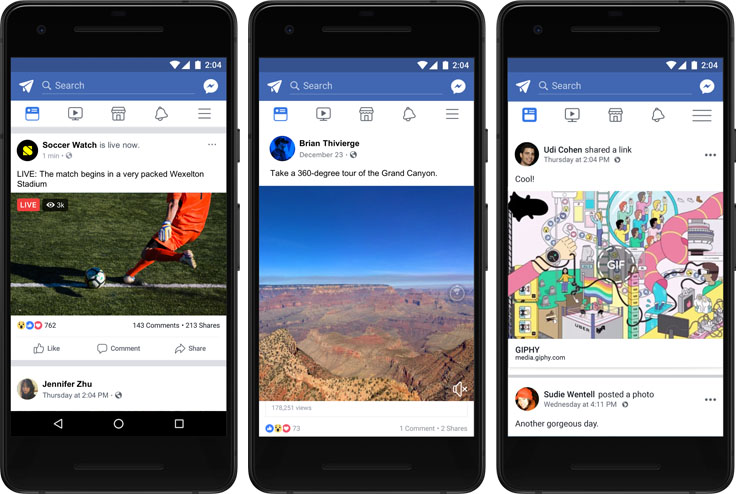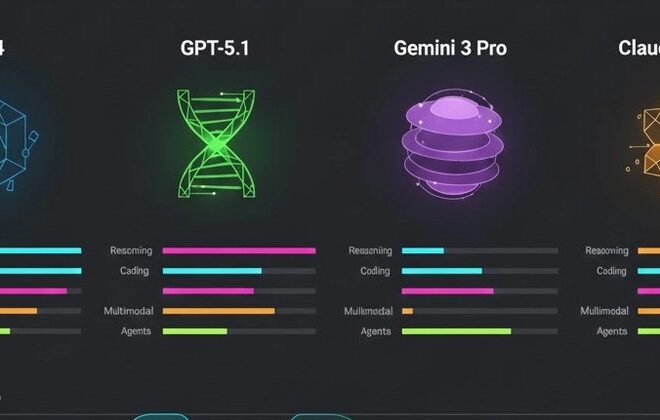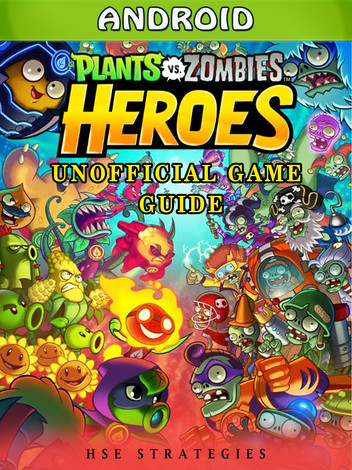
Android News in the Age of Information Overload: A Technical Deep Dive
The Modern News Paradox: How Your Android Phone Shapes What You Know
In today’s hyper-connected world, the news cycle is a relentless, 24/7 torrent of information. Breaking alerts, viral stories, and in-depth analyses are delivered directly to the palm of our hands, primarily through our smartphones. As the world’s dominant mobile operating system, Android is at the epicenter of this transformation. Billions of users rely on their Android phones not just for communication and entertainment, but as their primary window to the world. This immediate access to information is a modern marvel, yet it presents a significant paradox: the very technologies that empower us with knowledge can also create echo chambers, amplify misinformation, and lead to information fatigue.
This article provides a comprehensive technical exploration of the Android News ecosystem. We will dissect the intricate systems that deliver news to your screen, from dedicated publisher apps and intelligent aggregators to deep operating system integrations. We’ll go under the hood to examine the algorithms, APIs, and machine learning models that curate your personal news feed. More importantly, we will address the critical challenge of our time—discerning credible information from noise—and explore the tools and best practices Android users can adopt to become more conscious, critical consumers of news. This is a guide to understanding not just what you read, but *how* and *why* you read it on your favorite Android gadgets.
Section 1: The Android News Delivery Ecosystem: A Multi-Layered Architecture
News doesn’t just magically appear on your Android device; it arrives through a complex, multi-layered ecosystem of applications and services. Each layer serves a different purpose, offering a unique blend of content, curation, and user experience. Understanding this architecture is the first step to mastering your information diet.
Dedicated Publisher Apps vs. News Aggregators
The most traditional method of digital news consumption is through dedicated apps from specific publishers like The New York Times, BBC News, or Reuters. From a technical standpoint, these apps are designed to deliver a highly controlled, branded experience. They leverage Android’s capabilities to provide rich content, including high-resolution images, embedded videos, and interactive graphics. Key technologies they employ include:
- Push Notifications: Using services like Firebase Cloud Messaging (FCM), publishers can send targeted, real-time alerts for breaking stories directly to a user’s lock screen, driving immediate engagement.
- Offline Caching: By utilizing Android’s WorkManager and Room database components, these apps can pre-fetch and store articles when the device is on Wi-Fi. This allows for seamless reading in areas with poor connectivity, like a subway, and helps conserve mobile data.
- Custom UI/UX: Publishers invest heavily in creating a unique user interface that reflects their brand identity, from typography to layout, offering a premium and consistent reading experience.
In contrast, news aggregators like Google News, Feedly, and Flipboard take a different approach. Instead of creating content, they collate it from thousands of sources. Their technical foundation relies on APIs (Application Programming Interfaces) and older standards like RSS (Really Simple Syndication) to pull in articles. Their core value proposition is personalization and breadth, powered by sophisticated algorithms that learn a user’s preferences over time to create a customized feed. While they offer immense variety, the user experience is more uniform across different sources, prioritizing content discovery over brand immersion.
System-Level Integrations: The Rise of the Ambient Feed
Perhaps the most significant evolution in Android News delivery is its integration directly into the operating system. The most prominent example is Google Discover, the personalized content feed often found by swiping right from the home screen on many Android phones. This is not merely an app; it’s a system-level service with deep hooks into your Google account. It analyzes a vast array of data signals—your search history, location data, YouTube viewing habits, and app usage—to proactively surface articles, videos, and other content it predicts you will find interesting. The technology behind Discover is a powerful combination of Google’s Knowledge Graph and advanced machine learning models, making it an incredibly effective, yet potentially problematic, source of ambient information that can inadvertently create a “filter bubble.”

Section 2: Under the Hood: The Technology Powering Your News Feed
The personalized news feeds we scroll through daily are not random collections of articles. They are the product of complex technological processes designed to maximize engagement and relevance. Understanding these underlying mechanisms reveals how our information reality is constructed in real-time.
Algorithms, Personalization, and AI
At the heart of any modern news aggregator or feed like Google Discover is a recommendation engine. These engines typically employ a hybrid of two main algorithmic approaches:
- Content-Based Filtering: This method analyzes the properties of the articles you read. If you frequently read articles containing keywords like “AI development,” “machine learning,” and “neural networks,” the system will recommend more articles with similar content profiles. It uses Natural Language Processing (NLP) to extract topics, entities (like companies or people), and sentiment from the text.
- Collaborative Filtering: This technique works by finding users with similar tastes. It analyzes your reading history and compares it to millions of other users. If you and “User B” have both shown interest in articles about sustainable energy and vintage Android gadgets, the system might recommend an article to you that User B liked but you haven’t seen yet.
Modern systems combine these methods, using AI to weigh different factors and continuously refine the model based on your interactions—every tap, scroll, and share is a data point that hones the algorithm’s predictions about what will keep you engaged.
The Technical Backbone: APIs and Data Protocols
For this algorithmic magic to happen, data needs to flow seamlessly from publishers to aggregators. This is accomplished through several key technologies. Many large publishers offer robust APIs that provide structured data, including headlines, body text, author information, and multimedia content. For smaller blogs and independent journalists, the venerable RSS feed remains a crucial, open standard for content syndication. Aggregators build powerful crawlers and parsers that ingest data from these disparate sources, standardize it into a common format, and feed it into their recommendation engines. This entire pipeline—from ingestion and processing to algorithmic ranking and delivery to your device—happens in near real-time, allowing breaking news to appear in your feed moments after it’s published.
Section 3: The Double-Edged Sword: Misinformation and Verification Tools
The same technologies that deliver instant, personalized news also create the perfect environment for misinformation to thrive. The speed, scale, and engagement-driven nature of the modern news ecosystem present a formidable challenge to truth and accuracy.
How Misinformation Spreads on Android Devices
The technical mechanisms we’ve discussed can be exploited to accelerate the spread of false or misleading content. Algorithmic amplification is a key factor; on social media apps, content that elicits a strong emotional response (outrage, fear, excitement) tends to generate more likes, comments, and shares. Algorithms, designed to maximize engagement, often promote this type of content regardless of its factual accuracy. The “filter bubble” created by personalized feeds like Google Discover can reinforce existing biases, as the system learns to show users content that confirms what they already believe. Finally, the ease of sharing on Android—via the system-wide “Share Sheet”—means a single piece of manipulated media or a sensationalist headline can be disseminated across dozens of platforms with just a few taps, reaching thousands of people in minutes.

The Android Ecosystem’s Response: Fact-Checking and Trust Signals
Recognizing this challenge, platform holders and developers have begun building countermeasures. Google News, for example, has integrated several features designed to provide context and combat misinformation:
- Full Coverage: For major developing stories, Google’s AI clusters articles from a wide variety of sources—including local, national, and international outlets, as well as opinion pieces and explainers. This feature allows users to easily see a story from multiple perspectives, breaking them out of a potential echo chamber.
- Fact-Check Labels: Google partners with third-party, non-partisan fact-checking organizations. When these organizations review a claim, they can add structured data markup (`ClaimReview` from Schema.org) to their webpage. Google’s crawlers identify this markup and display prominent “Fact Check” labels on articles in search results and Google News, providing users with immediate context.
- Publisher Information: Google is making it easier to vet sources by providing context about the publisher directly within the news feed, including their Wikipedia entry, topics they frequently cover, and other relevant information.
Beyond Google, a growing number of third-party apps and browser extensions for Android are available to help users critically evaluate the information they encounter online.
Section 4: Best Practices for the Conscious Android News Consumer
While platforms are slowly implementing safeguards, the ultimate responsibility lies with the user. By leveraging the powerful tools on your Android phone and adopting critical consumption habits, you can curate a healthier and more accurate information diet.
Curate Your Information Diet Proactively

Don’t be a passive consumer. Instead of relying solely on algorithmic feeds, take control. Use an RSS reader like Feedly or Inoreader to subscribe directly to a diverse range of trusted sources, including local news, international outlets, and specialized publications outside your immediate interests. Within apps like Google News and Discover, be ruthless with the “Show less of this” or “Not interested in” buttons. This trains the algorithm to better understand your preferences for quality over clickbait.
Leverage Android’s Built-in Features
Your Android device has tools to help you focus and manage the flow of information. Go into your system settings and customize notifications on a per-app basis. For your news apps, you can often choose to disable alerts for less important categories while keeping breaking news active. Furthermore, use Android’s “Reading Mode” or your browser’s “Reader View.” This feature strips away distracting ads, auto-playing videos, and inflammatory comment sections, allowing you to focus solely on the content of the article itself.
Develop Critical Habits
The most powerful tool is your own critical thinking. Before you react to or share a story, pause. Ask yourself: Who is the source? Is it a reputable news organization or an unknown blog? Read beyond the headline, as headlines are often written for emotional impact and may not accurately reflect the nuance of the article. If a claim seems shocking or too good to be true, perform a quick search to see if other, diverse sources are reporting the same story. This simple habit of “lateral reading”—opening a new tab to investigate a source—can be the most effective defense against misinformation.
Conclusion: From Passive Consumer to Informed Citizen
Your Android phone is more than just a communication device; it is a powerful portal to the world’s information. The technical ecosystem that delivers Android News is a marvel of modern engineering, offering unprecedented access and personalization. However, this same system carries inherent risks, from creating insulating filter bubbles to accelerating the spread of misinformation. The key takeaway is that the technology itself is neutral; its impact is determined by how we use it. By understanding the algorithms that shape our feeds, utilizing platform-level verification tools, and adopting conscious consumption habits, we can transform our relationship with the news. We can move from being passive recipients of an algorithmic firehose to active, informed citizens who leverage their Android gadgets not just to consume the world, but to understand it better.



